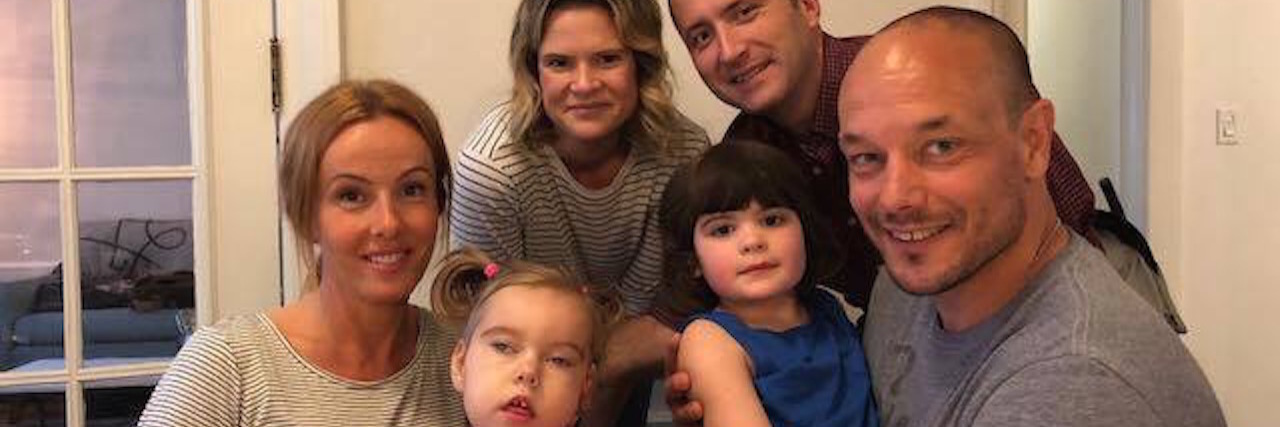The Day I Chose Vulnerability When Asking for Help to Save the Lives of Our ‘Rare’ Kids
Before all this happened, I wrote plays. Before Susannah was diagnosed with a rare neurodegenerative disease; before we started the foundation; before I knew about motor proteins and phenotypes; before being thrown into the world of disability; before rare disease policy; before biotech. Before that moment in the hospital elevator when everything changed, one of my jobs was teaching high school and college students playwriting. Over the course of a semester we covered what I believe to be the 12 elements needed to write a good play. The first day of class focused on four key elements of playwriting: two questions and two directives. If a play is crafted around these four principals, it will be a strong story that impacts the audience and encourages bold thought and action.
I have not written a play or walked onto a television or film set since just after our daughter’s diagnosis. I did return to the stage once to perform Love Letters as a benefit for the TREATMENT center for Rare Pediatric Genetic Diseases. Last week as I sat in a midtown boardroom, about to pitch one of three KIF1A research strategies and ask a company for 2.5 million dollars to help cure my kid, it struck me: the four key elements of playwriting I once preached to aspiring students on the first day of class could help me today. Perhaps if I take the structure used to craft a powerful play, people in the position to make KIF1A research and development possible will understand the importance of their role. Maybe the people I am about to ask to fund this urgent and innovative clinical program (a program designed by the most capable scientists and physicians to develop treatment for Susannah and kids like her) will dig deep, be bold and join our mission before it’s too late. (Pause) Two minutes before three people kind enough to take this meeting entered the room, I decided to test my hypothesis and thought hard to recall the last time I was in a classroom. Just over three years ago. Before all this happened.
I’ll let you in on a little secret, a devastating fault I have – a weakness that prevents me from quickly funding critical research aimed at curing our daughter and kids like her – for all the noise I make as a rare disease advocate, I lack the most important skillset needed to run a rare disease foundation: fundraising. I fail at nonprofit 101. I get angry when people say no to our foundation because KIF1A Associated Neurological Disorder is “too rare.” I am devastated when funds are not allocated to research that will bring treatment to kids whose disease has no therapeutic options. I am baffled when philanthropists pass on donating to our robust clinical research program; a program that could prevent catastrophic seizures in the middle of the night and stop parents from walking into their child’s room in the morning only to find a lifeless body.
The structure of rare disease fundraising lacks empathy and urgency, and the playing field is not level.
Industrial, medical and scientific organizations with resources need to ask an important question: why does the burden to fund early research and even development fall on rare disease families?
Why do parents of severely sick children have to sell their cars, pull kids from private school, mortgage houses, deplete saving accounts and (the most difficult), spend time away from our children with complex medical needs to go on a round of fundraising – precious time away from children who rely completely on our care?
One shouldn’t need to be convinced that diseases without any treatment options need to be prioritized and funded, yet every rare disease foundation and so many families spend their days anxiously working to convince people to help before the toll of disease is beyond repair. Perhaps it’s because these very people I pitch to don’t understand the immediate impact their financial support will have. Too often those capable of saying yes need to be convinced when I ask for help. Because time is as much the enemy as nature, my iron fist lacks a velvet glove and my ask is never as nuanced as it should be. I don’t have time for tact, we need funds to access and apply existing science to KIF1A and save the lives of children living with rare disorders — children like Susannah.
As I sat in that boardroom ready to ask for funds needed to hire a specific team to design a viral vector – a precision approach to deliver a healthy KIF1A gene (KIF1A is a problematically large gene) to our children’s failing central nervous system, it hit me: maybe I should apply those four key elements of playwriting from the first day of class to this “ask” for KIF1A funding. Two questions and two directives critical in crafting a powerful story and inspiring action. (Pause) So, I did.
Of course, the stakes of our scientific and medical mission are exponentially higher than Hamlet’s plight against Claudius or the lost dreams and dead seagulls in a Chekhov play. As long as I don’t speak to these titans of industry in iambic pentameter, maybe the molecular biology will make sense. Maybe these potential donors will realize their return on investment is far greater than a downstream financial gain – maybe these people will understand the return on investment is seeing Susannah and kids like her walk.
The key elements of playwriting I asked students to consider on the first day of class are:
- What do characters in your scene want and need from each other?
- What are your character’s secrets?
- Write an emergency: force characters to act with urgency.
- Write non-verbal dialogue.
Two questions and two directives. If a playwright can answer those two questions and hit those two directives, he or she will inspire action with their words. (Pause) Worth a shot.
Another fault of mine: I far prefer tactics over strategy, and wear everything on my sleeve. I usually end up with tears in my eyes and it’s certainly not by design. I’m not an entrepreneur and I only care about one thing: finding treatment for Susannah and kids like her with rare genetic diseases. So when three executives walked in, I told them about my former life as a playwright and employed a playwriting 101 lesson plan to accomplish what I went there to do: secure funds for the design of a viral vector, and to show them a thorough and robust proof of concept to support my ask.
I wrote the four key elements of playwriting on a whiteboard and addressed each. The first two are questions. I answered each with complete candor, articulating very personal moments for the first time. Then I reinforced our urgent need to fund this project – a project crafted by the most capable, innovative and passionate scientists in the world. It went like this:
- What do characters in your scene want and need from each other?
- I want you to understand that you are in a position to save the lives of children who have no treatment options and who are losing the battle to a degenerative disease. You will be part of our community and the decision you make today will immediately impact patients and families.
- I need you to understand that the science to help children like Susannah already exists. There are two things standing in our way: a lack of money and a lack of time. You can solve both, and KIF1A is the tip of an iceberg that will lead to treatment for thousands of people with rare diseases.
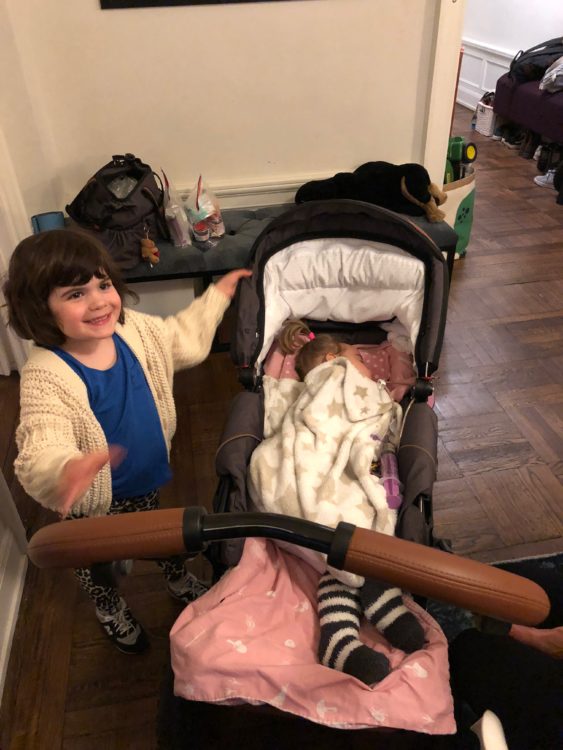
- What are your character’s secrets? (Pause)
- I can’t remember the last time my wife and I slept in the same bed together. One of us sleeps next to Susannah every night because we’re afraid she might have a seizure in her sleep and die.
- When we started the foundation, I promised myself that every time tragedy strikes and a child with KIF1A dies, I will go to his or her funeral and hug the parents. In the last three years I have attended too many funerals of KIF1A children. (Pause) But I didn’t keep my promise to be at every funeral. We became very close with the family of a child in Sweden who had KIF1A, her name was Eleonora. When the family visited New York last year, my wife held Eleonora on her lap and sang “Wheels on the Bus” ever so softly. Eleonora smiled and her father told us it was very rare to see Eleonora respond with joy. I fell in love with this sweet girl. When Eleonora died in February, part of me died. I bought a plane ticket to Sweden to attend Eleonora’s funeral and had every intention of keeping that promise I made. When it was time to leave, I couldn’t stop crying and remembered my wife singing “Wheels on the Bus” and imagined Susannah playing with Eleonora. It hurts so much to think of Eleonora’s death and the emptiness her family must feel, an emptiness every mom and dad who lost a child must feel. (Pause) I didn’t go to the airport. I didn’t go to Eleonora’s funeral. I didn’t keep my promise. That’s a secret and something I will never forgive myself for.
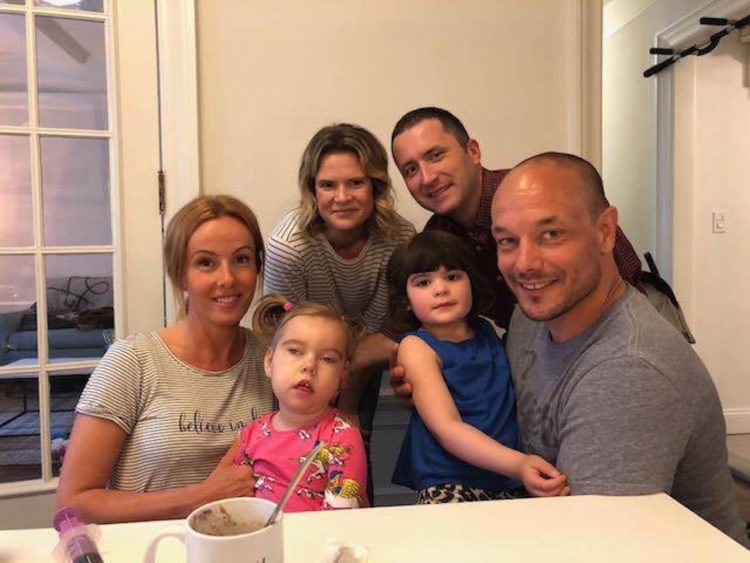
- Write an emergency: force characters to act with urgency.
- This emergency was written for us. Susannah’s KIF1A gene has a complex, gain-of-function mutation that causes her brain and body to atrophy. Biotech and pharma have capabilities to develop therapies; the science exists. Pipelines are crowded, and our growing population is still too small to generate real interest from industry. Companies won’t prioritize a treatment for Susannah and KIF1A, so we are urgently raising money to do it ourselves. This is an emergency.
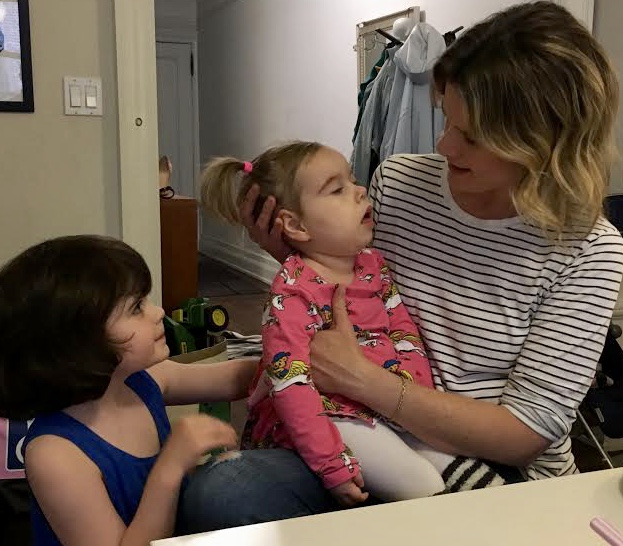
- Write non-verbal dialogue
- In playwriting, non-verbal dialogue is magic. It’s that quiet moment when people on stage truly connect. This happens when characters listen and react to each other – when a playwright creates present and human characters capable of love. The playwright accomplishes this by writing in the word pause or silence in parenthesis between lines. That is non-verbal dialogue in theater. (Pause) To rare disease families, non-verbal dialogue means something entirely different. Let me tell you a quick story:
Like many kids with KIF1A, Susannah has trouble communicating, especially in the afternoon. As the disease progresses, KIF1A kids have more seizures and extreme fatigue becomes a constant challenge. By mid-day she is wiped out and our noisy little girl sits in silence, too sore to walk and too tired to use the words she knows. Susannah has an epic amount of feelings in her soul and words stuck at the tip of her tongue. She works relentlessly to power each past a foggy stutter. Our superhero wants desperately to run, talk, laugh and play with the other kids.
Last week we were in Cape Cod with family and friends. The yard was teeming with cousins and neighbors. Susannah sat in her chair tired and sore, silent and having absent seizures. I sat beside her rambling about baseball and making silly faces – anything to keep her engaged and present. In front of us, five carefree children (some younger than Sus) skipped in the sprinklers shouting and laughing, savoring childhood in summertime. It’s excruciating to see our daughter watch other children play and laugh. Susannah looked at me and I knew how desperately she wanted to scream out, laugh, jump out of her chair and sprint into the water with her cousins and friends. But she can’t. KIF1A keeps her too tired, spastic and silent. I looked back at Susannah without saying a word and knew for a fleeting moment she saw how scared I was; how scared I always am. She burst into tears, unable to verbalize pain and frustration. It’s crushing to see fear and confusion in Susannah’s face because she knows what is happening to her own body. Susannah doesn’t know the bliss and freedom that every child is entitled to, the inalienable human right to be a carefree kid on Cape Cod in July. Those carefree childhood summers don’t exist for kids like Susannah. Yet.
For KIF1A families, and so many others living with rare genetic diseases, that is what non-verbal dialogue truly is. A helpless interpretation of the pain our kids feel and the overwhelming emotions inside of them. Feelings trapped inside quite literally dying to come out. (Pause) All the while we do everything possible to raise funds needed to urgently execute this well constructed, scientifically sound plan to bring treatment to Susannah and children like her. The science exists. We need your help. We need 2.5 million dollars, and that’s just to get the work started – so I’ll be back after we finish the first act of this play, together.
I thanked my hosts for their time and handed them a folder of relevant data and publications. On my way out the door I remembered the picture in my wallet – a picture I carry of Susannah and Eleonora taken the day our families met. A moment captured when I glanced across the room and saw Sally singing “Wheels on the Bus” to our girls. The moment Eleonora smiled. (Pause) I turned to the people in that boardroom and just as I was about to show them the picture, I stopped. Instead I just smiled and walked out of the room. That moment is all mine for now. (Pause) I thought of Eleonora, Evie, Ryan, Brayden, Gustav and all the kids we’ve lost in the last three years – and I raced home to hug Susannah with all my might.
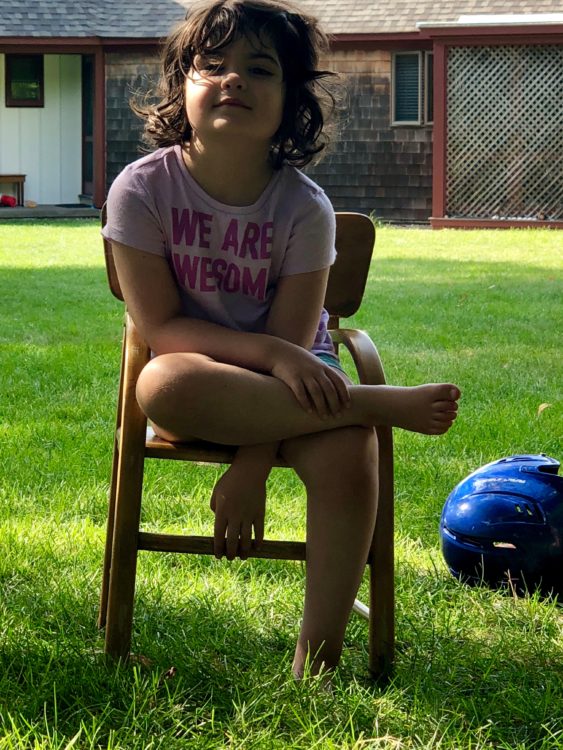
Learn more about the KIF1A community and our urgent mission to discover treatment by visiting www.KIF1A.org.

